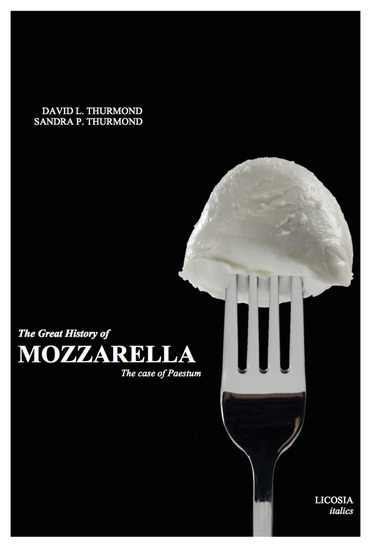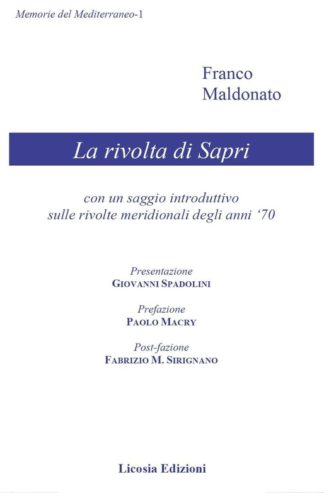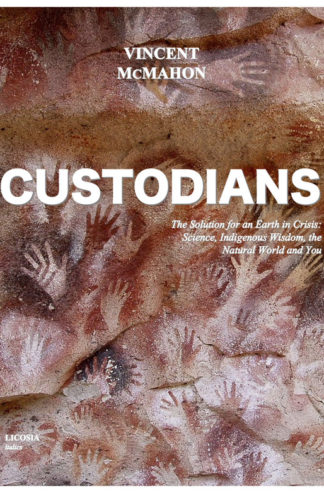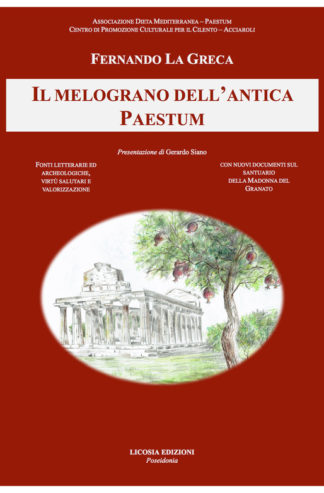Descrizione
Mozzarella is, of course, a particular form of cheese, and as such it has common characteristics of all cheeses, as well as specific traits that mark it as one of the world’s most special products.
Cheese is a processed form of milk. Milk is the only common foodstuff which nature has designed specifically as mammalian food, and it is therefore powerful human nutrition. Though milk is surpassed by other foods in specific nutrients, it is unsurpassed as a source of balanced nutrition. By itself a half-liter of cow’s milk provides about 25% of the calories, 40% of proteins, 70% of calcium and riboflavin and 35% of vitamin A and thiamine needed per day by an average five- year-old. The most critical elements of milk for an adult are its proteins, and when combined with a cereal, the amino acids in milk and cereals complement each other perfectly.
But there are serious problems with raw milk. For one thing, milk is extremely perishable. Its liquid state and neutral pH make it especially prone to spoilage and pathogenic microbes, either naturally present in the milk or introduced during handling. Milk often naturally contains human pathogens such as tuberculosis and brucellosis, for example. There is also the fact that milk sugar, lactose, is indigestible by large numbers of people above the age of 3 or 4. This is especially true among Asiatic peoples who do not have the tradition of continuous milk consumption as do many northern Europeans and therefore do not continue to produce the enzymes which allowed them to digest milk in infancy. Thus we have a food with high nutritional value but low digestibility and biological stability.
It is hardly surprising, then, that early cultures, perhaps as early as Neolithic times, discovered methods for processing milk into more stable and digestible forms which could be consumed “months or even several years after the cheese is made. That is why an aged cheese is tangier in taste than a fresh cheese. But early on, traditional societies discovered that they could greatly facilitate the curdling of milk by adding a coagulant, especially rennet, a substance traditionally from the stomach linings of suckling mammals. Rennet contains the lactose enzymes chymosin (formerly renin) and smaller portions of pepsin. Altemately, various botanical agents are used, such as flower of wild thistle, safflower seeds, fig tree sap, or green pine nuts. After a relatively short time, often as little as half an hour, a firm gel is set, at which point the gel is cut into small pieces, and these so-called ‘curds’ float in the ‘whey’, a liquid portion containing water and leftover fats and proteins. The curds are then physically separated from the whey. The curds are often salted to promote further draining and put into a permeable container of some sort to allow more whey to drain as the solid portion begins to assume the shape we recognize as cheese. In traditional societies these little forms (the word which gives several modern words for cheeses, such as formaggio in Italian and fromage in French) are made of wicker, and the imprint of wicker on many traditional French and Italian cheeses is regarded as a sign of their artisanal origins. But today most such forms are made of plastic. After an hour or so, the form is inverted and a little ‘farmer’s cheese’ is removed, to be eaten within a week or two…
David L. Thurmond earned his Ph.D. in Classical Philology from the University of North Carolina at Chapel Hill. He is the author of For Her Bounty No Winter: A Handbook of Food Processing in Classical Rome (Leiden: Brill Academic, 2006), and From Vines to Wines in the Classical Roman World (Leiden, Brill Academic, 2016.
Sandra P. Thurmond earned her MA degree in Early Childhood and Elementary Education at East Tennessee State University. She is a retired elementary school teacher and has taught photography for many years. She was also photographer for From Vines to Wines.
Dave and Sandy have lived part-time in the Cilento region of southern Italy for the last 8 years. They are currently working on a new book, a travelogue on life in the Cilento.
[amazon_link asins=’8899796955,8899796890,8899796742,8899796718,8899796688,8899796513,8899796521,8899796262′ template=’ProductCarousel’ store=’licosia08-21′ marketplace=’IT’ link_id=’7c04b5f1-c081-4ac5-b7e5-08decbe94b02′]




